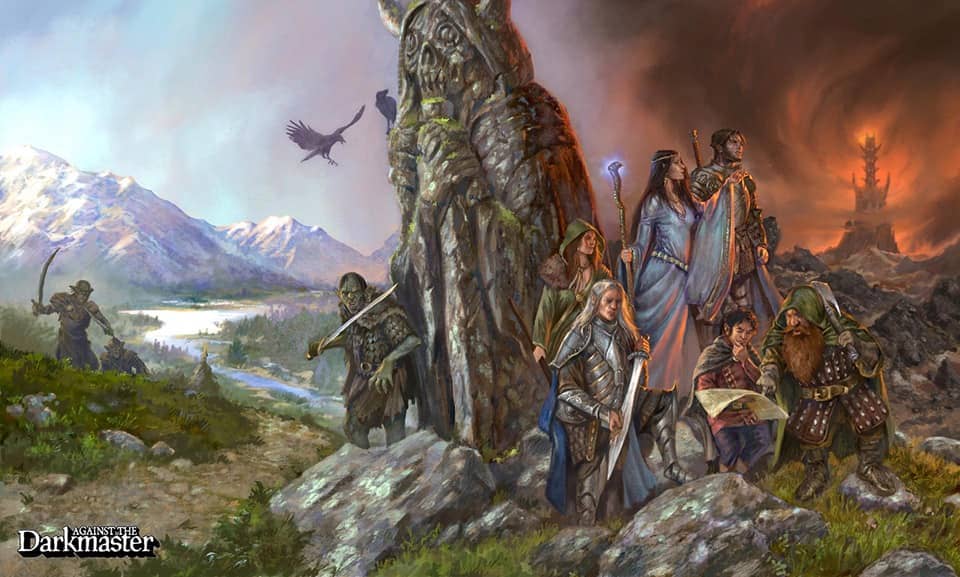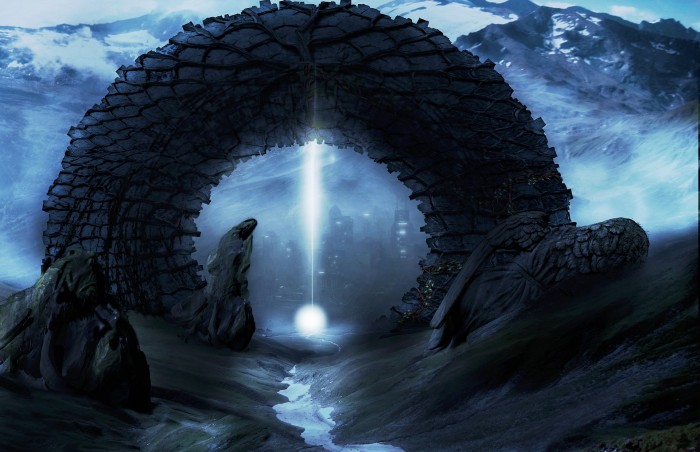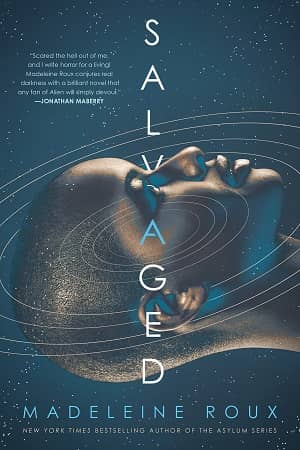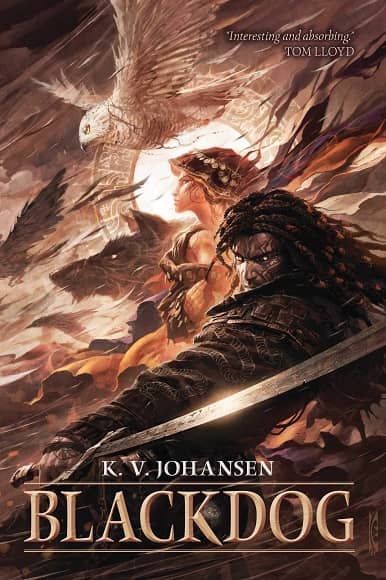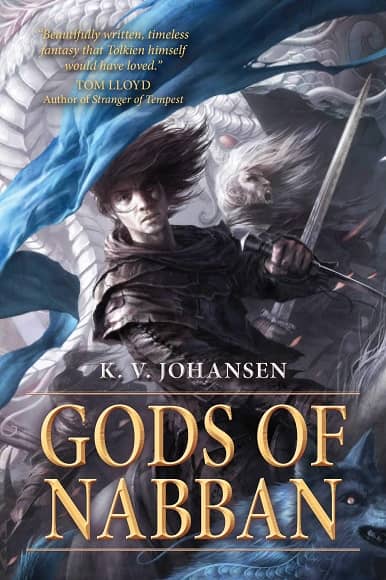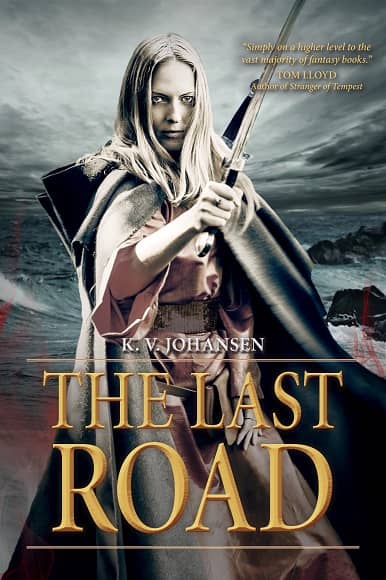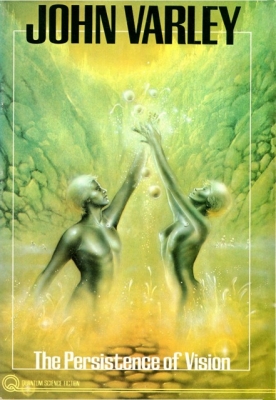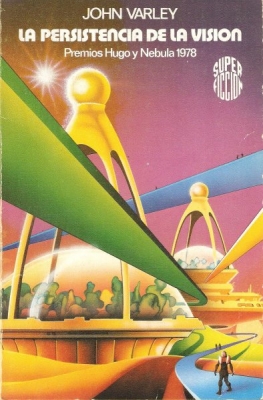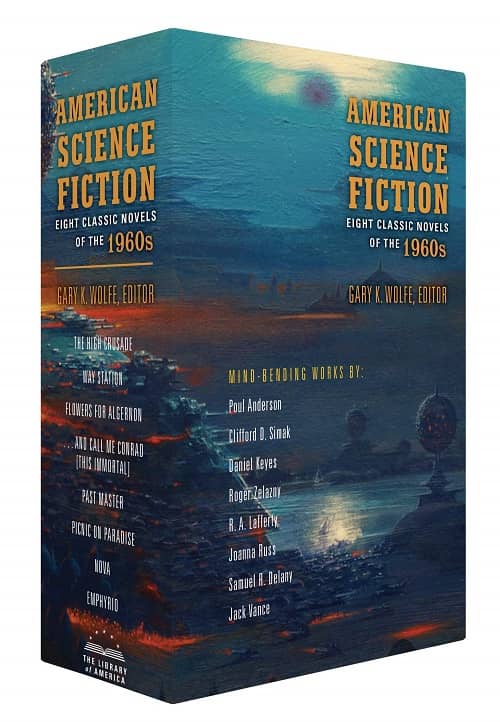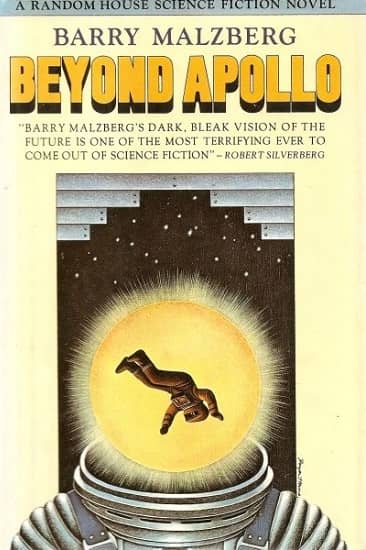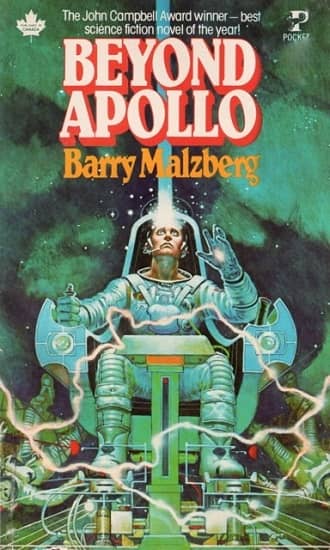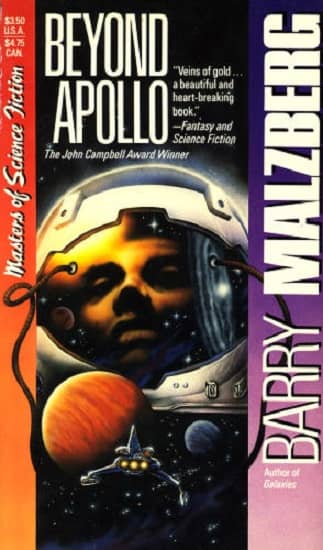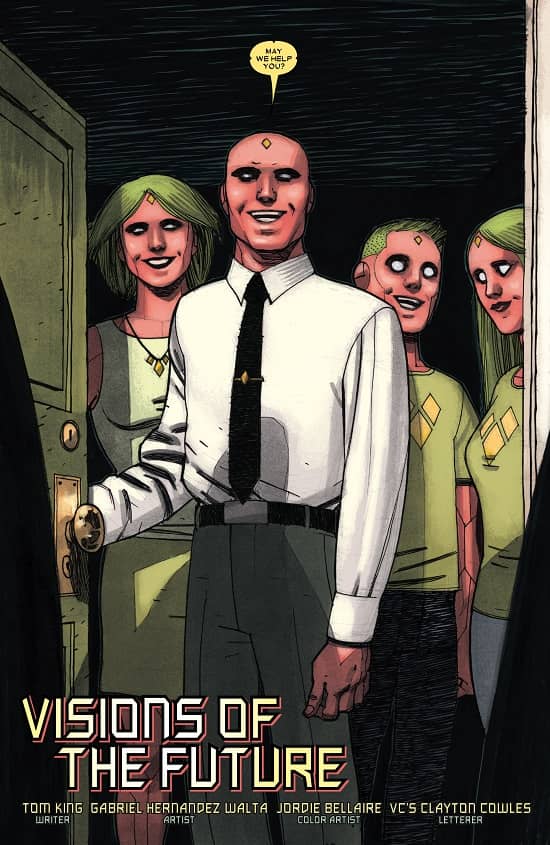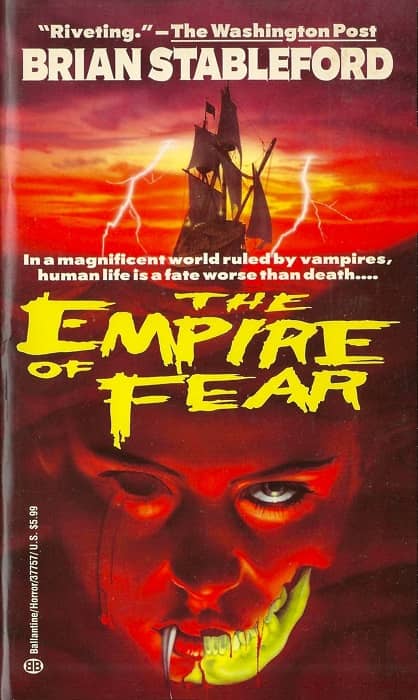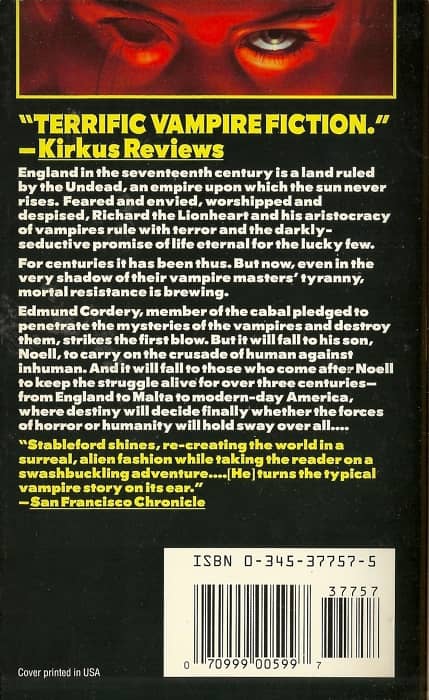Against the Darkmaster Kickstarts for High Fantasy Gamers of the World
Sword & Sorcery is a late attraction for me. My first and abiding love, ever since encountering Tolkien in the fifth grade, was and has been Epic High Fantasy, with its Heroes struggling against the Dark Lord in a battle of unequivocal Good versus Evil. I have said it before, and I think this present context makes it appropriate to say it again: when this thing called “fantasy roleplaying” first came to my attention, having no older siblings or neighborkids to introduce me to the more popular and recognizable Dungeons & Dragons, I spent my allowance at Waldenbooks on the red box set of Middle-Earth Role Playing (MERP).
I was young, roleplaying was brand new to my friends and me, so, of course, we didn’t “play it right,” just as, as an adult, I learned that those other kids who were playing D&D at the same time weren’t running their games “correctly,” either. MERP is derived from the Rolemaster (RM) percentile system, which was first designed as modular additions to Advanced Dungeons & Dragons (1e), and has a reputation for complexity and lethality. I add this second characterization because RM’s critical hit tables might be its most famous feature. My young friends and I enjoyed many idle sessions simply reading descriptions out of the charts, language that evinced wry and gory humor in the spirit of 1980s slasher films. Here’s a favorite example: “Blast annihilates entire skeleton. Reduced to a gelatinous pulp. Try a spatula.”
When the designers of the forthcoming Against the Darkmaster (VsD) revisited this favorite childhood game of theirs, they, too, felt the desire to “play it wrong.” After awhile, they realized they had made so many tweaks and modifications to the core rules that they, essentially, had created a game of their own, a houseruled or hacked “retroclone” of MERP, reformulated to emulate specifically the works of Tolkien and his imitators, fantasy movies of the 1980s, and epic heavy metal music.
I was an early adopter of the VsD playtest, and a not infrequent critic of the VsD rules system. You can find the first in a series of these critiques here on The Rolemaster Blog. The designers aim to distinguish their game from others such as D&D through its emphasis on its source materials. In VsD, player characters are heroes, not “mere” adventurers of the Sword & Sorcery variety. The “plot” of a VsD campaign is intended to contain a high stakes struggle between Good (the PCs) and Evil (a force culminating in the person of the Darkmaster, played by the GM).
